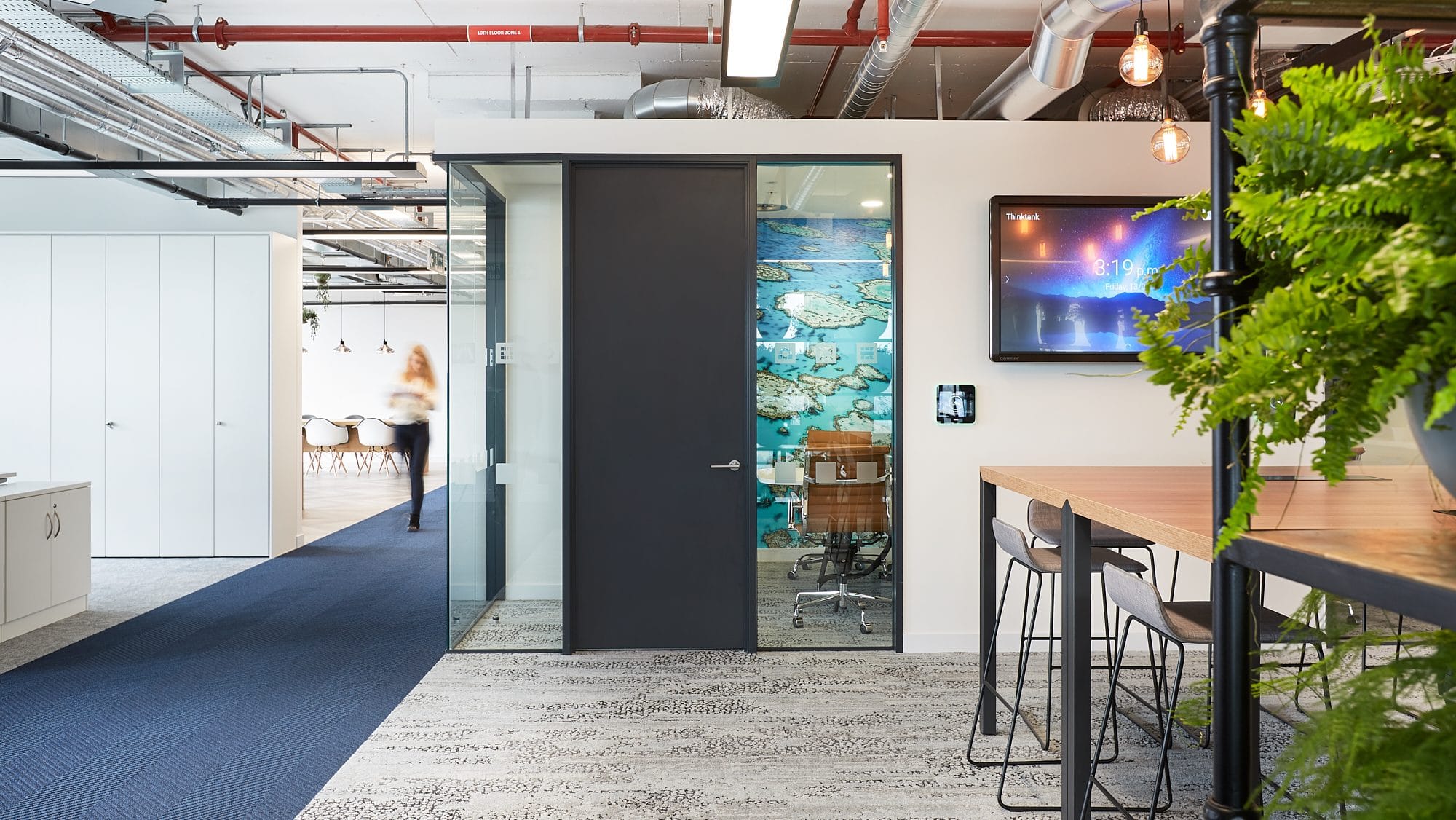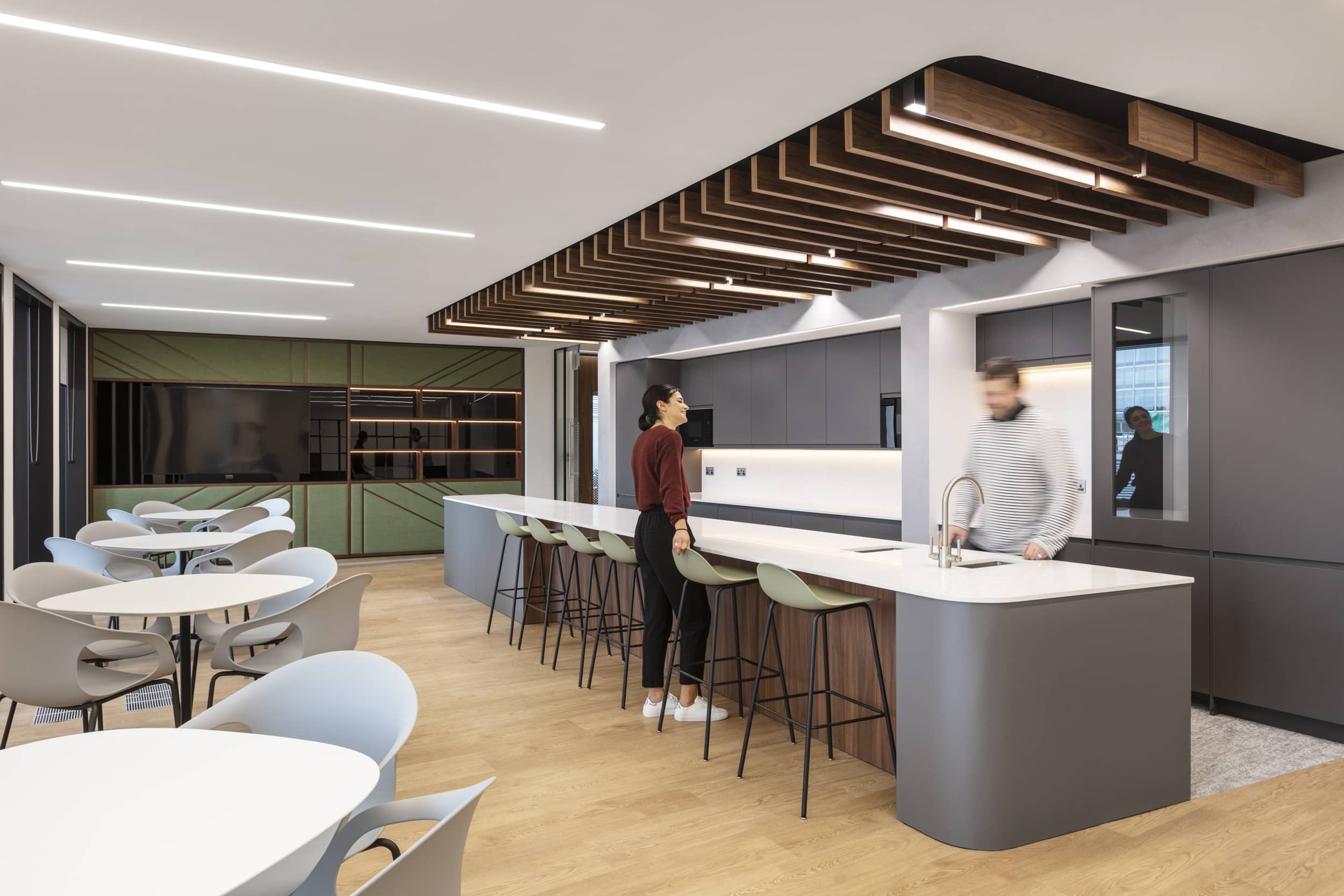Inclusive office design for social and cultural unity
Foster social and cultural inclusivity through our cutting-edge approach to inclusive office design.

In the wake of the pivotal events in 2020, many business leaders have seized the opportunity to reflect on their roles and explore avenues for promoting diversity, equity, and inclusion, including the realm of inclusive office design.
As we look at those sentiments, acknowledging that equity, diversity, and inclusion are some of the most important elements of a healthy workplace culture, many have realised as we begin to implement positive change, that their workplace design plays an integral role.
Developing an understanding of culture, identity and diversity amongst your organisation form an essential requirement in developing the brief for your workplace design. Workplace design that considers these needs enables staff to be their authentic selves at work and leads to positive transformation amongst your business. Keeping inclusivity in mind when designing the workplace is key to creating a happy and healthy workplace in which employees of all abilities can be as productive as possible.
We’ve taken a closer look at a couple of opportunities where you can optimise your workplace experience through inclusive office design and create a successful workplace design solution that caters for different people, from different backgrounds.
Our top 3 for creating an inclusive office design
Acknowledging requirements
A good starting point is being informed. Designing the workplace must take into account who the workplace is being designed for. Your employees are the people that spend time in and use your workplace every day. Putting these people at the forefront of design is key.
An estimated one out three employees has a specific need requiring accommodation, meeting these needs can lead to a comfortable and productive environment for all. It is crucial to take into consideration the demographic of your employees, diversities in gender, age, religion, culture, personality type and potentially even more.
After identifying the constructs of your team you can then begin to incorporate them into the design of your workplace. Demographic analysis can help to inform how spaces will be used, how your employees best like to work and even how spaces are best labelled.
Embrace democratic workplace design
In performing demographic analysis it’s important to acknowledge that over the past decade we have begun to acknowledge that not everyone fits within traditional conceptions of gender, race and ethnicity. The way we see ourselves is rapidly evolving to reflect the complexities of being human, as opposed to past ways which took a more institutionalised approach.
To support the autonomy and legitimacy of individuals within all demographic identities, ensure your analysis methodologies allow your staff to be fluid in their responses, and ultimately give them more freedom of choice to allow you to develop workplace design solutions that are truly in response to the constructs of your individual teams. Ensure your analysis also seeks out how your staff want to work, as well as the social constructs. Good design is all about usability, so focussing on how your staff want to and need to use space will naturally create a sense of diversity and inclusion.
Diversity to create balance
Once comfortable and confident that your analysis properly reflects the complexity of your team you can move onto constructing a workplace design that accommodates the identities of your team. By combining the findings of your demographic analysis, with in depth data on how your teams want to work, you can construct the best formula of shared and individual workspace that suits the unique diversity of your team.
While it might seem impossible to design something that is a perfect fit for the whole population, designing to address the diversity in your target population is key to creating an inclusive space. Collaborative spaces in the workplace are great for working together on projects and creating time for brainstorming sessions. However, ensuring that your workplace also offers space for focus and quiet work is vital to those who don’t work well with loud noise for example. Some people may be sensitive to light so designing spaces that can be individually light adjusted is another way to create space to meet individual needs.
At the same time, keep in mind to not segregate anyone that might need special requirements so that everyone is being treated fairly without drawing attention to specific individuals. Keeping individual design features subtle ensures your workplace is a comfortable place for all. Previously these additions would most likely not have fit with the aesthetic of the workplace, however design today has made it easy for features to be fitted seamlessly into the design of the space.
Coming out of lockdown, talent acquisition is fierce with each workplace offering different benefits. Ensuring your workplace is designed with diversity and inclusivity in mind can present your organisation as forward thinking.
Adjusting your workplace design for inclusivity and diversity can support you in creating more social equity at work and in society at large. If you want to know what you can do to make your workplace a space of inclusivity, equality and positivity then get in touch with our team today.


